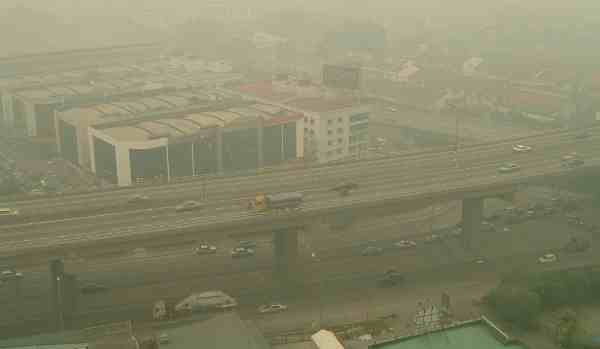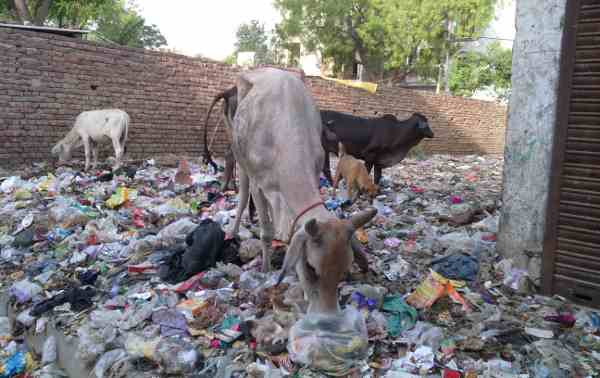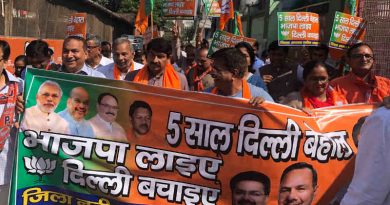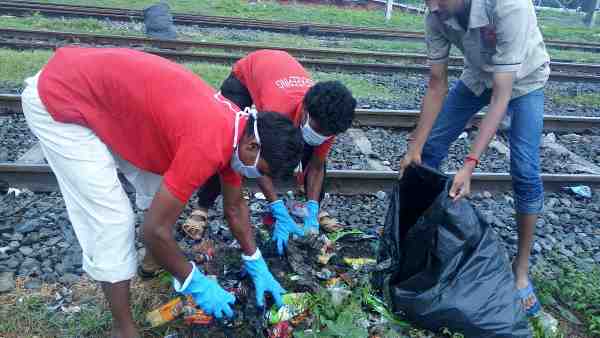How Pollution Makes Delhi a Poisonous Gas Chamber

In Delhi, an estimated 10,000 people die prematurely in a year because of air pollution. In other words, the city pollution claims more than 25 lives every day and this number is increasing at an alarming rate.
By Rakesh Raman

When the U.S. President Barack Obama visited New Delhi as the chief guest at the Indian Republic Day in January, the local U.S. Embassy took all precautions to save him from the city’s pollution, which has reached the poisonous levels.
The U.S. Embassy bought over 1,800 air purifiers to protect its employees at the Embassy and other locations where Obama went.
During the time of Obama’s visit, the U.S. Embassy in Delhi recorded an Air Quality Index of 222, which, according to the Environmental Protection Agency (EPA), is ‘very unhealthy’ and can cause aggravation of heart and lung diseases and increase the respiratory ailments among people.
Thanks to Embassy’s efforts, Obama was saved from the poisonous pollution in Delhi and he went back to the U.S. safely. Presidents like Obama can afford this type of luxury. But what about the commoners who live in Delhi or often visit the city?
Well, the locals are facing a slow – but sure – death in a city that is now becoming a colossal gas chamber – as used by Nazi Germany in the genocide program of mass killing during the Holocaust.
According to a 2014 WHO study which measured the outdoor Ambient Air Pollution (AAP) of 1,600 cities in 91 countries, Delhi is the most polluted city in the world.
WHO (World Health Organization) also reports that there are 7 million premature deaths annually linked to air pollution. In contrast, the number of lives lost to terrorist attacks in a single year were only about 18,000, according to a report released in 2014 by the Global Terrorism Index.
And in the Holocaust, which is the largest genocide in history, only 6 million Jews were killed by the Nazi regime and its collaborators during a five-year period beginning 1941. These facts illustrate the enormity of damage that pollution inflicts on humans.
[ Click here to see Air Pollution in India: Real-time Air Quality Index ]
The outdoor air pollution – like in Delhi – caused deaths with diseases such as ischaemic heart disease, stroke, chronic obstructive pulmonary disease, lung cancer, and acute lower respiratory infections in children.
Other health hazards from air pollution include dizziness, headaches, burning, eyes, cough, hard breathing, sore throat, chest pains, colds, and allergies.
In Delhi, an estimated 10,000 people die prematurely in a year because of air pollution. In other words, the city pollution claims more than 25 lives every day and this number is increasing at an alarming rate. In comparison, only five people die in road accidents on average in a day in Delhi.
The Ministry of Environment and Forests, the Ministry of Urban Development of the Government of India, and the Delhi Government are responsible to take measures in order to reduce the pollution levels in the city and save people’s lives.
However, it seems that environment protection is not the government’s priority – which is evident from the lack of planning and the increasing levels of pollution not only in Delhi but in the entire country.
[ No Democracy in India. It Is Parliamentary Dictatorship. ]
For example, vehicular traffic is a painful irritant here. A new report compiled by The Energy and Resources Institute (TERI) among others, warns that if current trends of vehicle population, fuel and emission standards persist in India, PM 2.5 (particulate matter smaller than 2.5 micrometers) emissions will increase three times and NOx (nitrogen oxide) will rise five times in the coming years.
The report “Options to reduce road transport pollution in India” reveals that the transport sector contributes about 15 to 50 percent of PM 2.5 emissions in cities, and is a major contributor to NOx emissions.
While the government is not taking any steps to control the vehicle population, the number of vehicles in India has increased from 20 million in 1991 to 140 million in 2011. By 2030, vehicle population is expected to reach an alarming number of 400 million.
[ Also Read: Raahgiri Promotes Car-Free Living in Gurgaon ]
The number of vehicles is increasing at a staggering annual rate, thanks to a plethora of car-loan schemes, unrestrained urbanization, and unaccounted money with many Indians in the absence of regulations.
For example, car ownership is the highest at 82 per 1,000 population in a small city Chandigarh and with 54, Delhi is at No. 2 in India. This vehicle density is much higher than the national average of 41.
However, it is not only the vehicular traffic that is contributing toward higher pollution. Road dust, building construction smoke, and industrial pollution are among the other factors of concern.
While air pollution brings serious health hazards to humans, even crops are not free from its harmful effects. New estimates suggest that as a result of air pollution, crop yields were reduced to half in 2010 as compared to 1980 levels in India.
[ Can ‘Clean India’ Clean India? No Way. ]
What should be done?
While mere awareness programs to sensitize the public may not yield effective results, government needs to take regulatory measures to reduce pollution in Delhi.
These measures may include limits on sale and purchase of cars, significantly high taxes on car owners, one car per family rule, time-based driving restrictions, incentives for telecommuting, reduced construction activity, stricter penalties on industrial pollution, and so on.
But that’s for the future. For the time being, as Delhi remains at the forefront of this fatal trend, no reprieve is in sight from the pollution that is ready to devour the humankind.
By Rakesh Raman, the managing editor of RMN Company
You also can read: More Articles by the RMN Editor, Rakesh Raman
Photo courtesy: Wikimedia Commons




